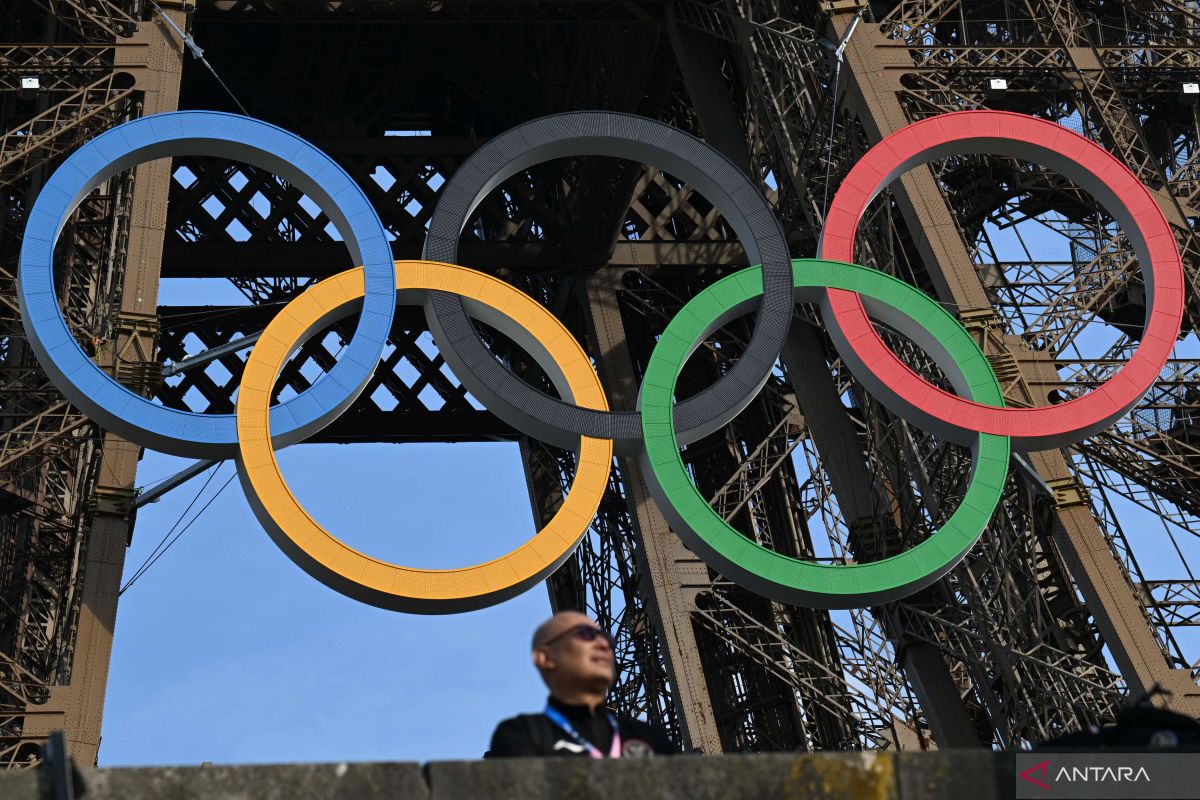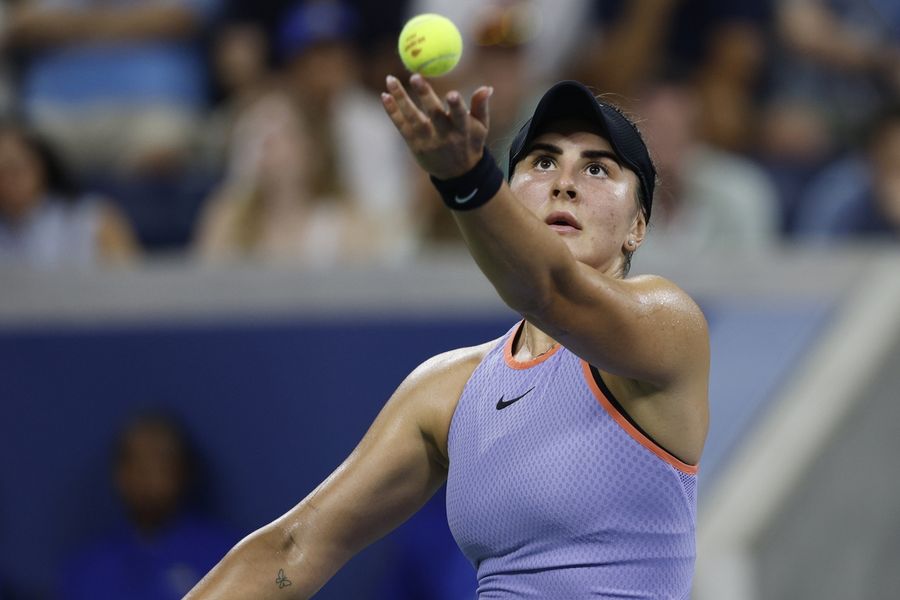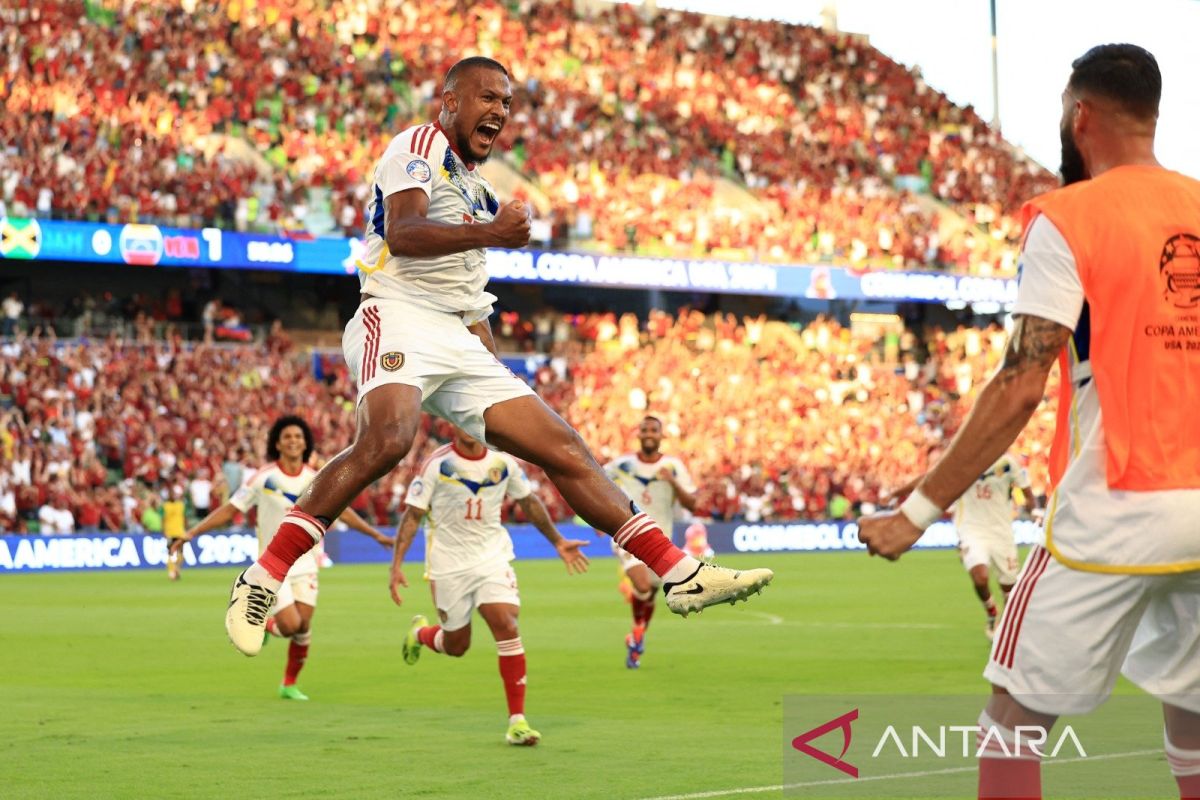It’s easy to forget that Robert Kubica was chasing the drivers’ championship in the 2008 Formula 1 season.
The Polish driver took Sauber’s first victory in Montreal that year, just 12 months after his big crash on the same track in the 2007 Canadian Grand Prix.
After title rivals Lewis Hamilton and Kimi Raikkonen collided in the pit lane, Kubica led the championship with victory four points ahead of Felipe Massa.
For Sauber sporting director Beat Zehnder, who celebrates his 30th birthday in F1 in 2024, this victory is the result of 15 years of hard work.
“The most brilliant event was Montreal 2008, unfortunately our only race victory,” recalls Zehnder.
“I wouldn’t say it’s surprising because 2008 was a very good year for us; I think we finished on the podium 13 times. But we still weren’t ready, and I had to make do – in very limited time. – winning side.
“It’s quite demanding and in the end it costs a lot of money, but it’s a good party!”
Despite the win and subsequent podium finishes, Kubica would fall to fourth in the standings at the end of the season and finish 23 points behind eventual world champion Hamilton.
Kubica was highly rated by fellow riders, including Fernando Alonso and Mark Webber, and was one of many whom Zehnder encountered who he believed had world championship potential.
” Talent ? Yes. Definitely,” he replied. “But the problem is always time. You have to be in the right car. You can be the greatest talent, but if you’re in the wrong car, it’s hard to get a world title. It’s very much a question of timing.
“He’s one of the most dedicated riders I’ve ever worked with. For him it was a day and night race; he won’t call you to ask how you are, it’s always a race-related issue.
At the time, Sauber was in the second year of its four-year partnership with BMW, but that ended up being the only victory in an ultimately unsatisfying period.
The 2008 season was often seen as a missed opportunity for the team, as it focused on the development of an air-cooled kinetic energy harvesting system that was to be first introduced in 2009, which which turned out to be uncompetitive.
“There were people who criticized the team at that time [saying] that we changed direction too early for 2009, but I’m not so sure,” Zehnder said.
“It may be the first time we’ve been in a situation like this, it’s not easy to deal with the pressure for anyone in the team, it’s difficult.”
Sauber as a Red Bull team?
Red Bull was one of Sauber’s first sponsors in 1995 along with Petronas, the two biggest companies now involved with forward-thinking teams.
In the 2004 season, Red Bull chose to take over the former Jaguar team and began the journey to become the unstoppable titan it is today.
But it might be a slightly different story if Sauber chooses to let Brazilian rider Enrique Bernoldi get the better of Kimi Raikkonen. The drinks company shoved Bernoldi into the car for the 2001 season, but Sauber wanted Raikkonen based on his pure driving talent according to Zehnder.
“Why we parted ways with Red Bull and Sauber is actually because we have Kimi [Raikkonen] at the time and experienced it in a test,” he recalls. “So for us, it’s clear from the driving potential, there’s no question for whom.
But without this decision, could Sauber be the Red Bull F1 team we know today?
“Certainly, I would say yes! says Zehnder. “Dietrich Mateschitz had a dream and maybe you could say ‘Yes‘ but not with the same management.
“And then we broke up because of that [Raikkonen]. Of course, it’s not all about the money, but money matters a lot and Sauber still struggles. Financially always, except for four years at BMW. But all the years before and after, we’ve always operated within the financial limits.”
Run the laces
When BMW chose to leave Formula 1 at the end of the 2009 season under uncompetitive conditions and the global financial crisis.
Team founder Peter Sauber – who still owns 33% of the company – had to buy out the remaining shares to keep it going through the turbulent times.
“If you remember 2010, it was the first year after BMW [backing] completely penniless,” recalls Zehnder.
“Our car is white and the only logo is the Bridgestone logo because you have to bring a tire supplier with you.”
Sauber’s perseverance finally paid off as they scored three podiums during the 2012 season with drivers Sergio Perez in Malaysia and Canada and Kamui Kobayashi at Suzuka, the latter leading to one of the iconic moments of the F1 when Japanese fans chanted their compatriot’s name while claiming the trophy.
“Not much has changed financially. [in F1] and in 2012 we operated a minimum on everything: hauling, equipment, etc. And it was surprising how well it turned out.
“Checo did a great job, Kamui was amazing too, and to finish on the podium that year at Suzuka as a Japanese rider was something really special.
“There are still chills every time [I think about it] because the whole stands were still filled, completely filled, until Kamui came after his last appointment with the media. It’s interesting.”
Read the first part of our interview with Beat Zehnder here.

“Social media fanatic. Problem solver. Bacon ninja. Communicator. Alcohol evangelist.”






